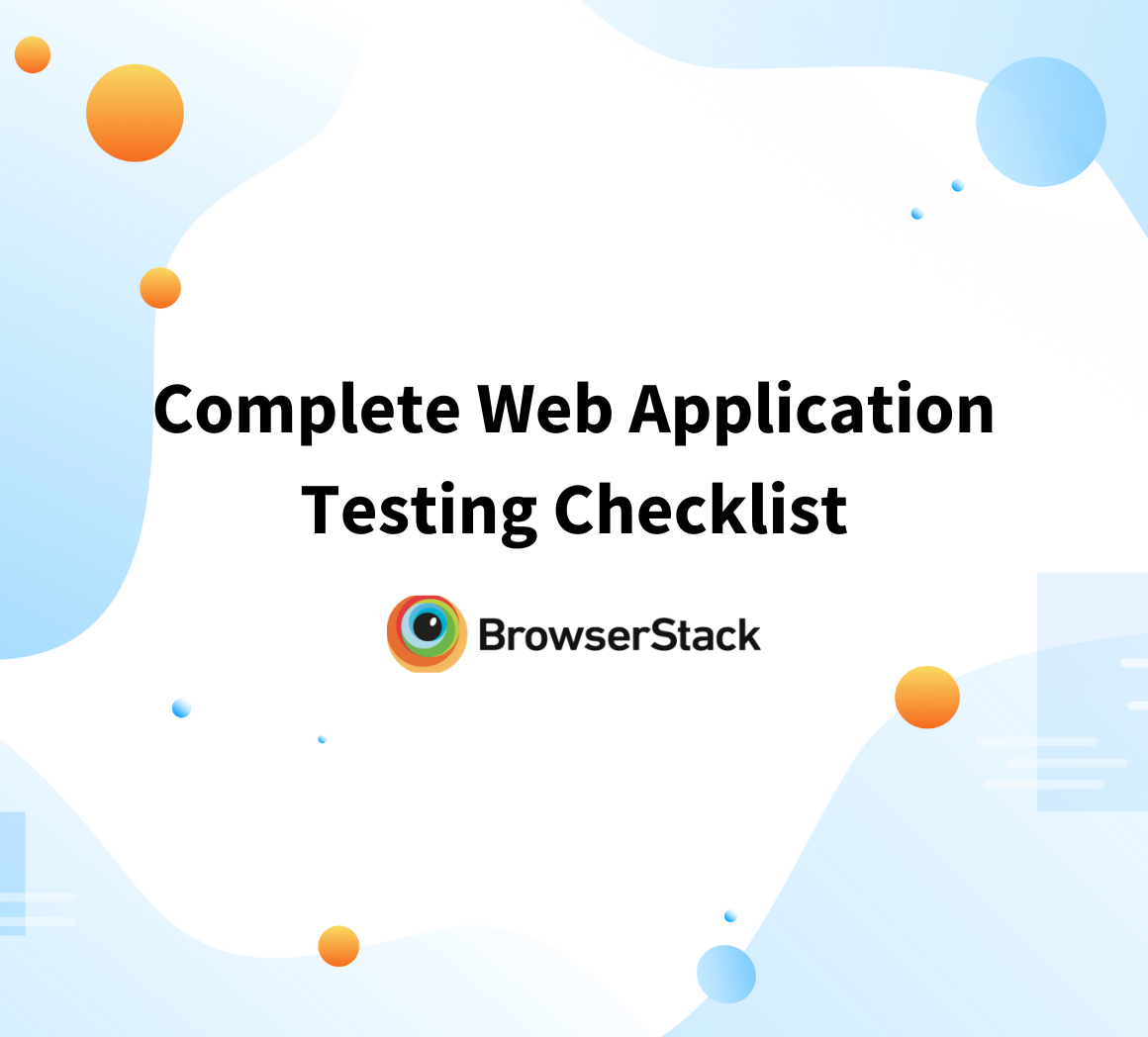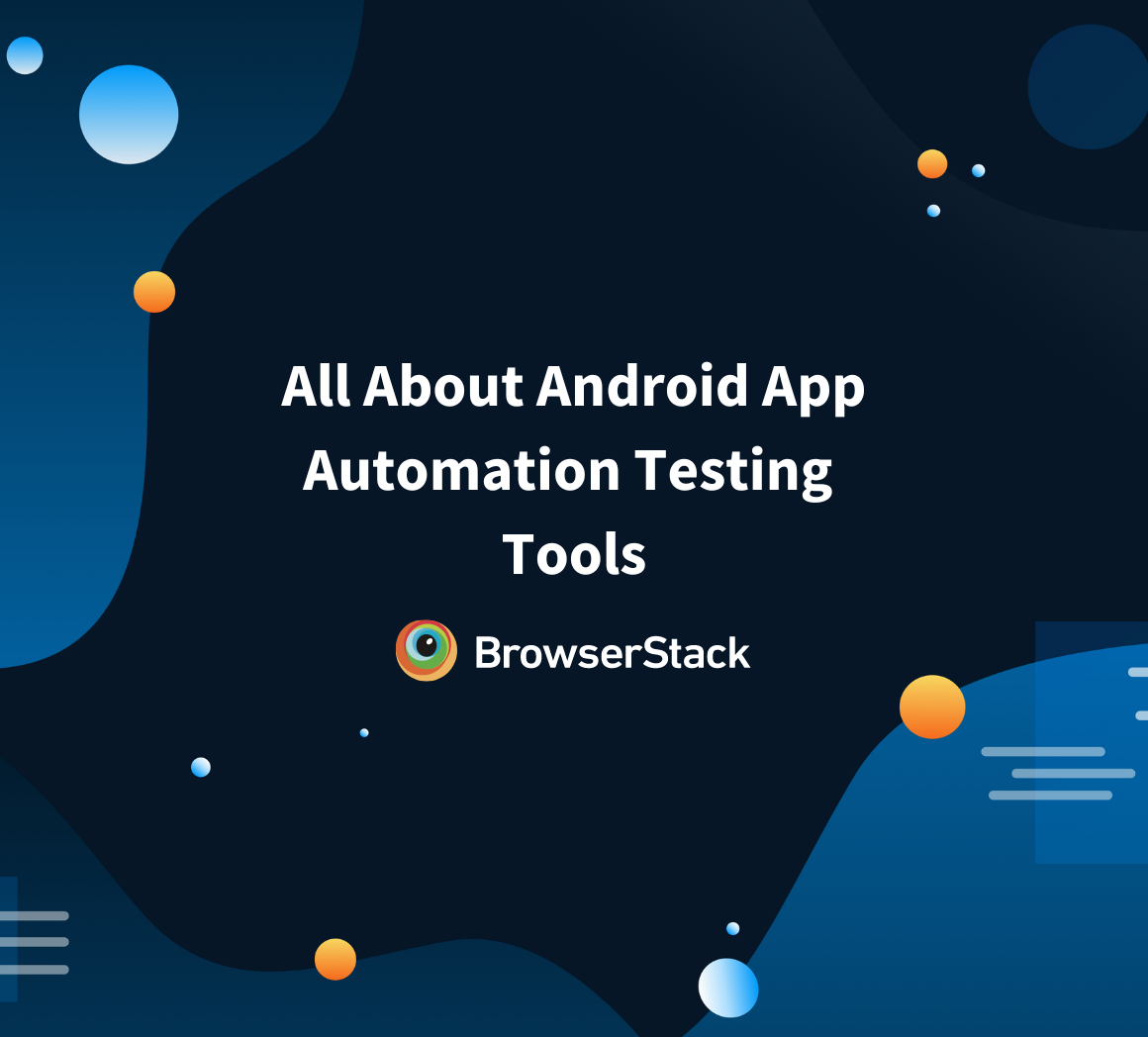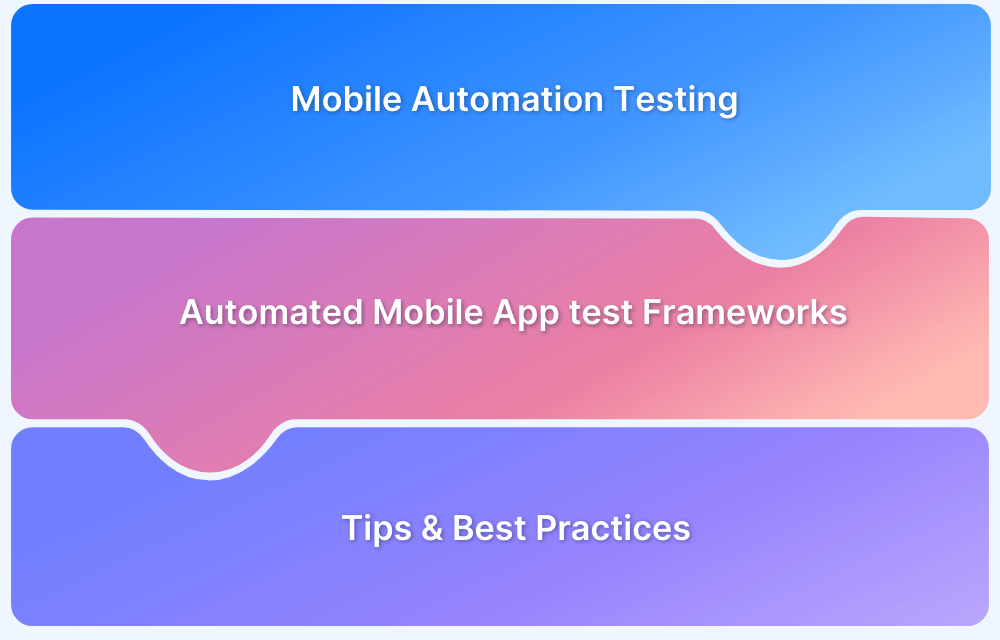Delivering an application to the right users at the right time is just as important as building it. An effective app distribution strategy ensures that your software reaches its audience smoothly, securely, and at scale.
Overview
App distribution is delivering software to end users across various platforms and devices. It includes selecting the right channels, managing versions, and ensuring secure, reliable access to the application.
Purpose:
The goal is to ensure seamless access, timely updates, and consistent performance for users, whether they are internal teams or external customers.
Common Distribution Channels:
- App stores (Google Play, Apple App Store)
- Direct downloads via websites
- Mobile Device Management (MDM) solutions
- Enterprise app stores
- Cloud-based deployment platforms
App Distribution Strategy
- Target Platform: Choose platforms based on user base and device compatibility.
- Control and Security: Define access controls, authentication, and data protection measures.
- Update and Maintenance Needs: Plan for frequent updates, version control, and rollback mechanisms.
- Scalability Requirements: Ensure the strategy supports growth in users, devices, and regions.
- Network Reliability: Account for connectivity issues and optimize for both online and offline access.
This article explores app distribution, covering different methods, and best practices to ensure optimal reach and performance.
What is Application Distribution?
App distribution is the process of delivering an application to end users. It includes making the app available through specific channels such as app stores, direct downloads, or internal systems so users can access, install, and use it on their devices.
Distribution takes place after software development and testing are complete. Once the application is stable and ready, it is packaged and released through the selected distribution channels.
This step is essential to ensure users consistently and timely receive the correct version and necessary updates. A smooth distribution process supports continuous delivery, user adoption, and fast feedback.
Whether it is a mobile app, web application, or desktop software, distribution ensures the product reaches its intended audience.
Difference Between App Distribution and Deployment
Although often used interchangeably, app distribution and deployment refer to different stages. The table below highlights the key differences between distribution and deployment in the software release process:
| Aspect | Distribution | Deployment |
|---|---|---|
| Definition | The process of delivering or making software available to users or customers. | The process of installing, configuring, and enabling software to run in a specific environment. |
| Focus | Focuses on delivering the software to the end users or clients. | Focuses on setting up the software for use in the intended environment (for instance, server, cloud, local system). |
| Stage | Occurs after development, during the release phase. | Happens after distribution, during the implementation phase. |
| Examples | Providing software via app stores, or downloads. | Installing software on servers, configuring services, or rolling out updates. |
| Scope | Broader, including delivery methods, channels, and access. | More specific to the setup and running of the software. |
| Goal | To make software available for use. | To ensure the software runs properly in the target environment. |
Read More: Introduction to SDLC Phases and SDLC Models
Types of Application Distribution
Applications can be distributed in various ways depending on how users access them, whether through installation, browsers, containers, or managed enterprise systems. Some popular types of app distribution include:
Traditional Installation-Based Distribution
This is the classic method where users download and install software manually. It often comes as .exe, .dmg, or .rpm files, and installation happens on individual devices. It is common for desktop applications and software that do not require an internet connection.
Web-Based Distribution
In this method, apps run directly in a web browser without installation. Users simply visit a website to access the software. Examples include Google Docs, web-based email, and cloud CRM tools. This approach makes updates seamless and ensures compatibility across different devices.
Containerized Distribution
This approach involves packaging an application along with all its dependencies, configurations, and libraries into a single container. Tools like Docker and orchestration platforms like Kubernetes ensure the app runs consistently across different environments. Containerized distribution is widely used in cloud-based and enterprise systems because it simplifies deployment, enhances scalability, and reduces environment-related issues during release.
Mobile App Distribution
Mobile apps reach users through platforms like the Google Play Store, Apple App Store, and third-party marketplaces. Users download apps directly, and updates are pushed automatically. Strict guidelines control what gets published, ensuring security and performance standards.
Enterprise Software Deployment
Companies distribute internal applications using Enterprise App Stores, Mobile Device Management (MDM) systems, or direct installations. This ensures that only authorized employees can access the software while maintaining security and compliance.
Key Components of an Effective Application Distribution Strategy
Selecting the right app distribution strategy depends on several factors, including target audience, platform requirements, security needs, update management, and scalability. Here’s how to determine the best approach:
Target Platform Selection
The distribution method is determined by where and how your app will be used, whether on mobile, desktop, or web. Each platform has its requirements, from app store submission to installation formats or browser compatibility. Understanding your target environment helps you avoid friction in delivery.
Control and Security
Distribution should align with your organization’s control needs. Enterprise apps may require restricted access through MDM solutions or internal app stores, while public apps must follow secure signing and verification practices.
Scalability Considerations
As user demand grows, the distribution strategy must scale. Cloud-based and containerized deployments make it easier to handle load without changing the end-user experience. Testing across various device conditions using BrowserStack’s real device cloud can help ensure consistent performance during scaling.
Network Reliability and Offline Access
If your users operate in areas with unreliable connectivity, your distribution strategy should support offline functionality. This might mean offering bundled installers, progressive web apps, or offline-first mobile apps.
Update and Maintenance Processes
A reliable update process helps minimize user disruption and maintain performance across platforms. Web and containerized apps often support seamless, real-time updates, while mobile and desktop apps may require built-in mechanisms for managing version control and rollout.
Testing should be automated and continuous to ensure updates do not introduce regressions or compatibility issues. BrowserStack provides seamless integration with CI/CD pipelines and access to real devices and browsers, enabling teams to automatically validate every update before distribution. This helps maintain stability, reduce bugs, and deliver a consistent experience across platforms.
Benefits of a Well-Planned Distribution Strategy
A well-executed distribution strategy ensures smooth delivery and brings long-term advantages across performance, security, and user experience. Some primary benefits include:
- Faster Time to Market: A streamlined distribution process accelerates rollout, especially when combined with automated build and test pipelines.
- Better Security and Compliance: Choosing secure distribution channels, enforcing authentication, and testing in controlled environments help meet data protection and regulatory standards.
- Improved Reliability and Performance: Thorough testing across environments ensures your app works as expected wherever it’s installed.
- Easier Version Management: A solid distribution plan makes managing releases, hotfixes, and phased rollouts more predictable, especially when integrated with version control and CI/CD systems.
- Enhanced User Experience: Timely updates, platform-specific optimization, and reliable delivery lead to a smoother and more consistent user experience.
Best Practices for Application Distribution
Following proven best practices helps ensure your app reaches users smoothly, performs reliably across platforms, and remains easy to maintain over time.
- Select the Right Distribution Channels: Identify whether app stores, enterprise platforms, or direct downloads best fit your audience and use case.
- Digitally Sign Your Applications: Use trusted certificates to verify the authenticity of your app and protect it from tampering.
- Secure Your Distribution Process: Ensure that apps are transferred over encrypted channels (like HTTPS) to prevent unauthorized access.
- Implement Version Control and Release Management: Track different app versions, manage rollouts, and avoid compatibility issues across devices and platforms.
- Gather and Act on User Feedback: Use feedback loops to detect issues early, improve features, and guide future development.
- Follow Platform and Legal Compliance: Adhere to guidelines from app stores and regulatory bodies to avoid rejections or legal complications.
- Automate Pre-Release Testing: Use automated testing tools to validate builds across different environments and catch issues early.
App Distribution vs Distributed Applications
While the terms sound similar, app distribution and distributed applications refer to entirely different concepts in software development.
App Distribution: It refers to the process of delivering software to end users through channels like app stores, direct downloads, or internal platforms. It’s about how users access and install the app.
Example: Releasing a mobile banking app on the Apple App Store.
Distributed Applications: These are systems where different parts of the app run on separate machines or environments and communicate over a network. These apps are often designed for scalability and fault tolerance.
Example: A ride-sharing platform where one service handles payments, another handles GPS tracking, and another manages user profiles, all running on different servers
How to Continue Testing After App Distribution
Releasing your app is just the beginning. Continuous testing after distribution is essential to maintain performance, security, and user satisfaction. Here is how you can ensure ongoing quality:
- Monitor Real World Usage: Track how your app behaves across different devices, operating system versions, and network conditions to uncover issues that may not appear during development.
- Run Regression Tests on New Builds: Every update or bug fix can affect other app parts. Run regression tests regularly to confirm that core features continue to work as expected.
- Test Across Devices and Operating System Updates: Mobile platforms are constantly evolving. Keep testing on the latest device and software combinations to avoid compatibility issues.
- Gather and Validate User Feedback: Use crash reports, app reviews, and customer support messages to find issues. Once you make changes based on this feedback, test them carefully before releasing a new version.
- Use a Scalable Cloud Testing Platform: Instead of managing physical devices, use a real device cloud like BrowserStack. It allows you to test your app on a wide range of real devices and browsers without maintaining any hardware or setup.
BrowserStack allows testing after release, helping teams catch issues early, improve reliability, and deliver better user experiences. Whether you are testing manually or using automation, BrowserStack provides the tools to scale your testing efforts efficiently.
Conclusion
A well-planned app distribution strategy goes beyond simply getting your app into users’ hands. It ensures smooth delivery, reliable performance across platforms, and efficient update management while aligning with your security and scalability needs.
By combining the right distribution channels with thorough pre-release testing on real devices, teams can confidently launch high-quality apps that meet user expectations from day one.






